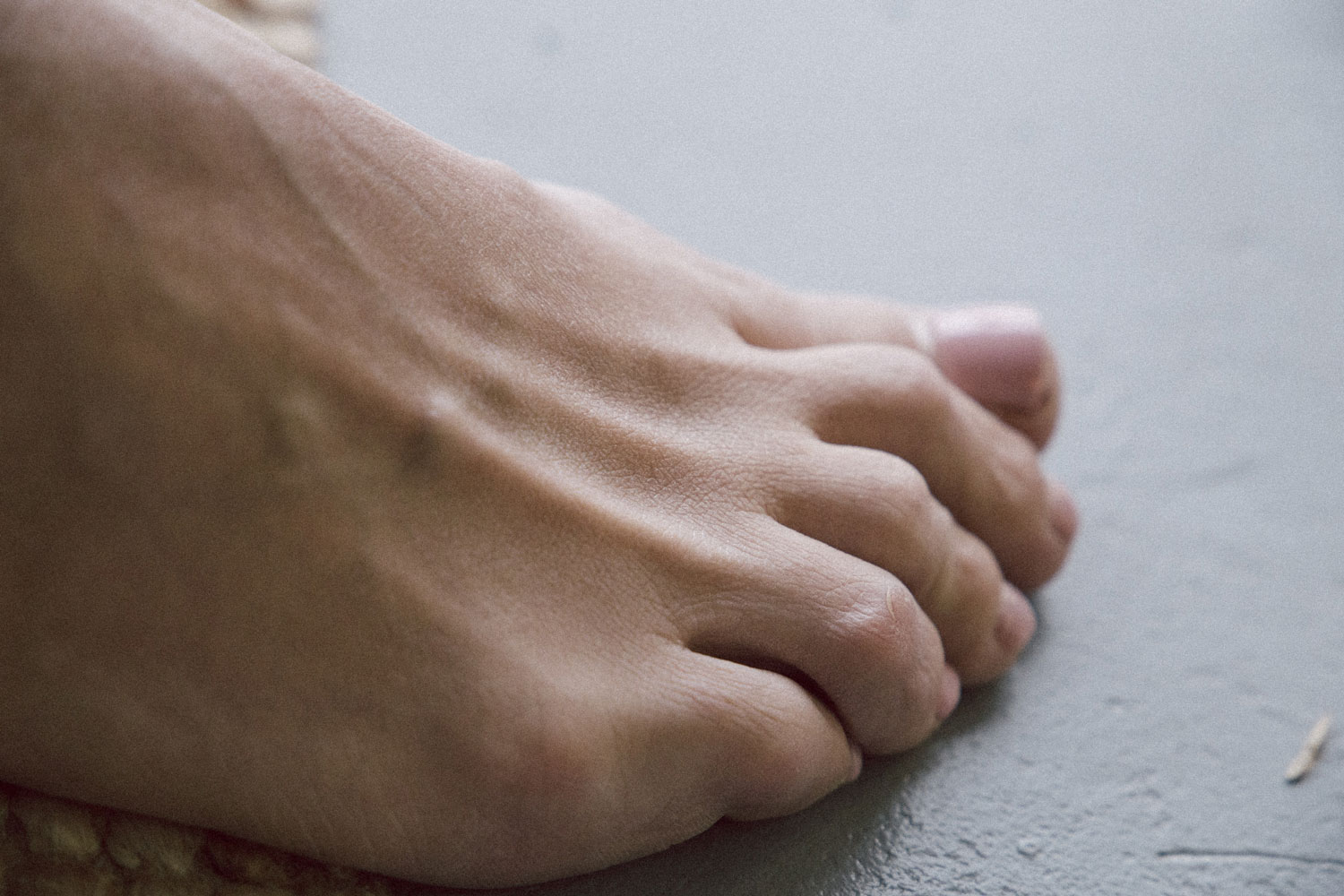Since the toes in our feet bear the weight of our bodies, we can suffer from a wide variety of common toe deformities. Some causes depend on factors we can control, like the stress we place on our feet at work or during workouts. Other factors are out of our control, like arthritis and other diseases. One of these toe deformities is known as mallet toe. What is it, and what are the causes of mallet toe? What treatment options exist?
What are Mallet Toes?
The toes of the foot are composed of sesamoid bones and following three joints:
- Distal Phalangeal Joint (DP)
- Proximal Interphalangeal Joint (PIP)
- Metatarsophalangeal Joint (MCP)
Mallet toe is a condition that affects the distal phalangeal joint of the smaller toes. The condition causes an upward bend at this joint, which is the joint located towards the tip of the toe – this most commonly affects the second toe since it’s the longest toe.
Multiple conditions may cause your toe to look curled instead of flat. Mallet toes are sometimes confused for hammer toes or claw toes.
Causes of Mallet Toes
There isn’t necessarily a specific cause for this disorder, but some of the controllable factors include:
- Improper footwear. Shoes that are too small or tight can cause the joints or muscles to become deformed.
- Injury. Constant trauma to the toes will increase the risk the chances of developing mallet toes.
Some uncontrollable factors that can cause mallet toe include:
- Arthritis. Many different conditions affect the bones and joints.
- Abnormalities. If you are born with such abnormalities as bone or muscle imbalances, proximal interphalangeal joint fusion, or neuromuscular disorders can lead to mallet toe.
Symptoms
The most obvious symptom of the mallet toe is the physical deformation of the toe. Due to the irregular bend, it’s normal for corns/calluses to form on the bent part of your toe. You will also notice redness, swelling, and pain in the affected toe.
Treatments for Mallet Toe
The best option for any condition is to avoid it from ever developing. It’s vital to prevent foot conditions to promote overall great health.
In the cases that the deformity has already developed, physical therapy will be ideal for helping stretch and strengthen the toe muscles and nearby tendons that have become tight. Another helpful treatment is using anti-inflammatory medication such as Advil and Motrin to reduce pain and swelling.
Severe cases may require surgery. The disadvantage of mallet toe surgery is the risk of infection and nerve damage. Surgery will not guarantee that mallet toes won’t reoccur.
The surgery to correct the mallet toe could include an:
- Arthroplasty. Procedure where part of the bent toe bone is removed and realigned.
- Release of the tendon. Procedure where a tight toe tendon is cut to allow that toe to lay flat.
- Tendon transfer. Procedure in which the tendon in the mallet toe is moved to another part of the foot.
Get The Right Diagnosis
Canyon Oaks Foot and Ankle can provide the guidance necessary for your mallet toes. Contact us today so we can answer any questions you may have.

